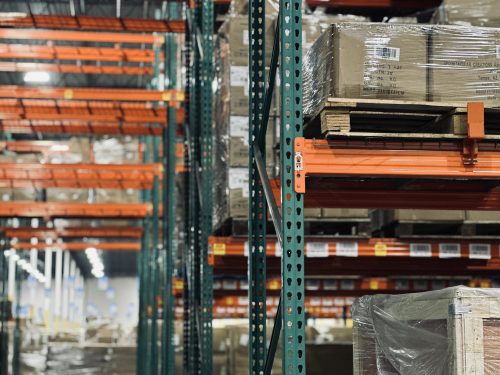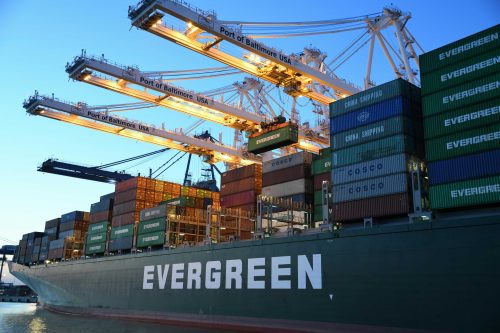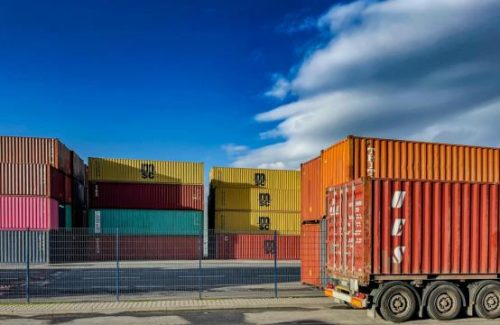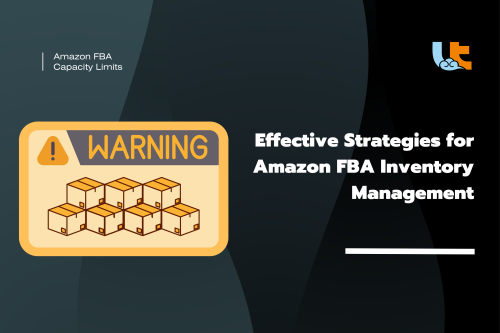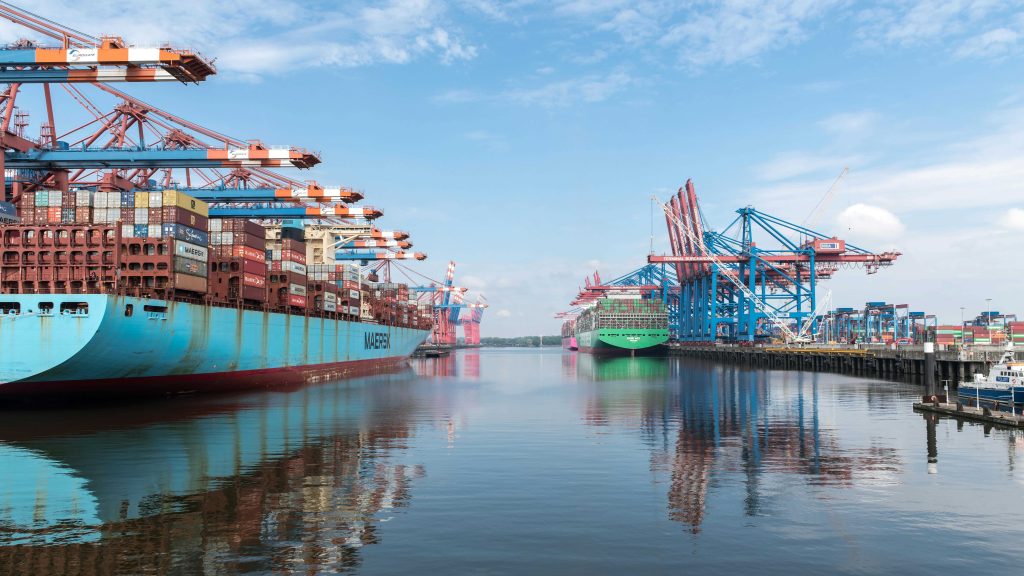
When dealing with international shipping and logistics, terms like CY (Container Yard) and CFS (Container Freight Station) frequently come up. Understanding these terms is crucial for sellers to manage their shipping processes efficiently. This article will cover what CY and CFS are, their differences, why sellers need to know about them, and how the CY/CFS logistics model works.
What is CY and CFS?
Container Yard (CY):
A Container Yard (CY) is a designated area within a port or terminal where full containers are stored before they are loaded onto a vessel and after they are discharged from a vessel. It is essentially a storage facility for containers and is crucial in the logistics chain for managing the flow of containerized goods.
Container Freight Station (CFS):
A Container Freight Station (CFS) is a facility where cargo is consolidated or deconsolidated, meaning it is stuffed (loaded) into or stripped (unloaded) from containers. This facility is used for Less than Container Load (LCL) shipments where multiple shippers' goods are consolidated into one container or where a container's cargo is divided among multiple consignees.
What is the Difference Between CY and CFS?
|
Feature |
Container Yard (CY) |
Container Freight Station (CFS) |
|
Definition |
Storage area for full containers at a port/terminal |
Facility for consolidating or deconsolidating LCL cargo |
|
Usage |
Used for Full Container Load (FCL) shipments |
Used for Less than Container Load (LCL) shipments |
|
Location |
Located within ports or terminals |
Can be located within or outside ports |
|
Operations |
Containers are stored before loading onto/discharging from vessels |
Cargo is stuffed into or stripped from containers |
|
Handling |
Deals with full containers |
Deals with cargo within containers |
|
Shipping Terms |
Commonly used with FCL shipments |
Commonly used with LCL shipments |
Why Sellers Need to Know About CY and CFS
Cost Management
Understanding the differences between CY and CFS can help sellers manage their shipping costs more effectively. For example, choosing CFS for LCL shipments can be more cost-effective than booking a full container.
Efficient Logistics Planning
Knowledge of CY and CFS helps in planning the logistics chain more efficiently. Sellers can determine the best way to consolidate shipments, choose suitable shipping terms, and coordinate with freight forwarders.
Customs and Documentation
Sellers need to comply with various customs regulations and prepare documentation accordingly. Knowing whether their shipment will go through a CY or CFS helps in preparing the necessary paperwork and avoiding delays.
Risk Management
Understanding the storage and handling processes at CY and CFS facilities can help sellers mitigate risks associated with damage, theft, or loss of cargo.
CY/CFS Logistics Model
The CY/CFS logistics model involves the coordination of Full Container Load (FCL) and Less than Container Load (LCL) shipments through different stages of the supply chain. Here's how it typically works:
|
Process Stage |
CY Logistics Model (FCL) |
CFS Logistics Model (LCL) |
|
Booking and Documentation |
Seller books a full container with a shipping line and arranges necessary documentation. |
Seller books space for their cargo in a shared container and arranges necessary documentation. |
|
Container/Cargo Pickup |
An empty container is picked up from the CY and transported to the seller's facility for loading. |
The cargo is picked up from the seller's facility and transported to the CFS. |
|
Container/Cargo Loading |
The seller loads the container at their facility and secures it for transport. |
At the CFS, the cargo is consolidated with other shipments into a single container. |
|
Transport to Port |
The full container is transported back to the CY at the port. |
The consolidated container is transported to the port for loading onto the vessel. |
|
Storage at Port |
The container is stored at the CY until it is loaded onto the vessel. |
The container may be temporarily stored at the port before vessel loading. |
|
Vessel Loading |
The container is loaded onto the vessel for shipping to the destination port. |
The container is loaded onto the vessel for shipping to the destination port. |
|
Arrival at Destination Port |
Upon arrival, the container is unloaded from the vessel and stored at the destination CY. |
Upon arrival, the container is unloaded from the vessel and transported to the destination CFS. |
|
Deconsolidation/Final Delivery |
The container is transported from the destination CY to the consignee's facility for unloading. |
At the destination CFS, the container is deconsolidated, and individual shipments are separated. The cargo is then transported from the destination CFS to the consignee's facility. |
Whether you're dealing with FCL or LCL shipments, knowing how CY and CFS facilities operate can significantly impact your shipping strategy.
Interested in FCL or LCL? Contact us to book your cargo transportation online, you will get the price within 6 hours and 24 hours online service after booking.


